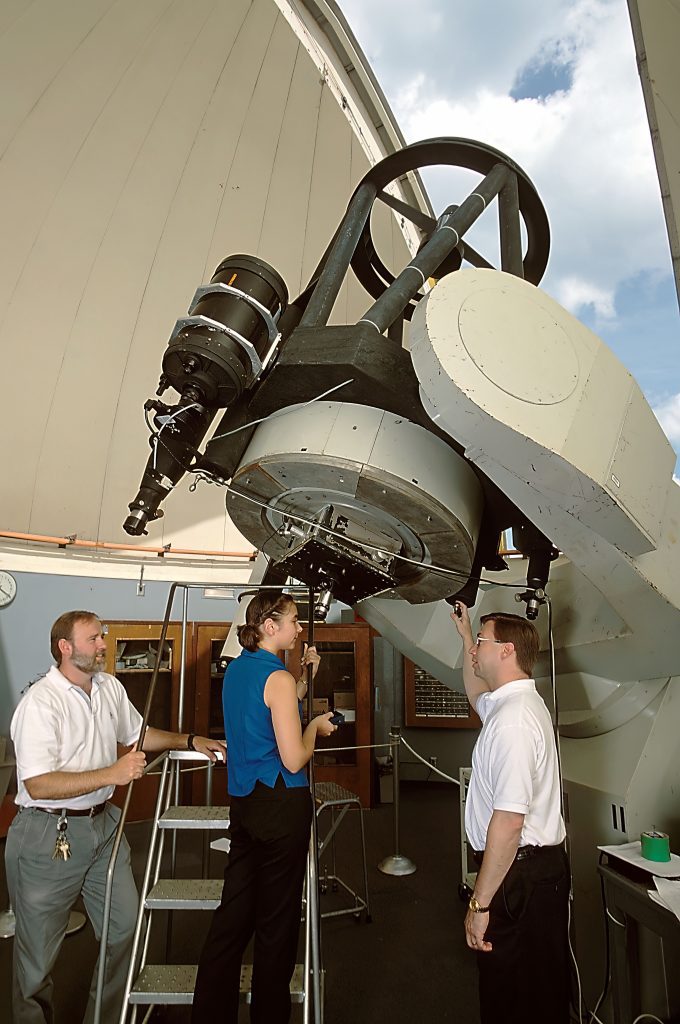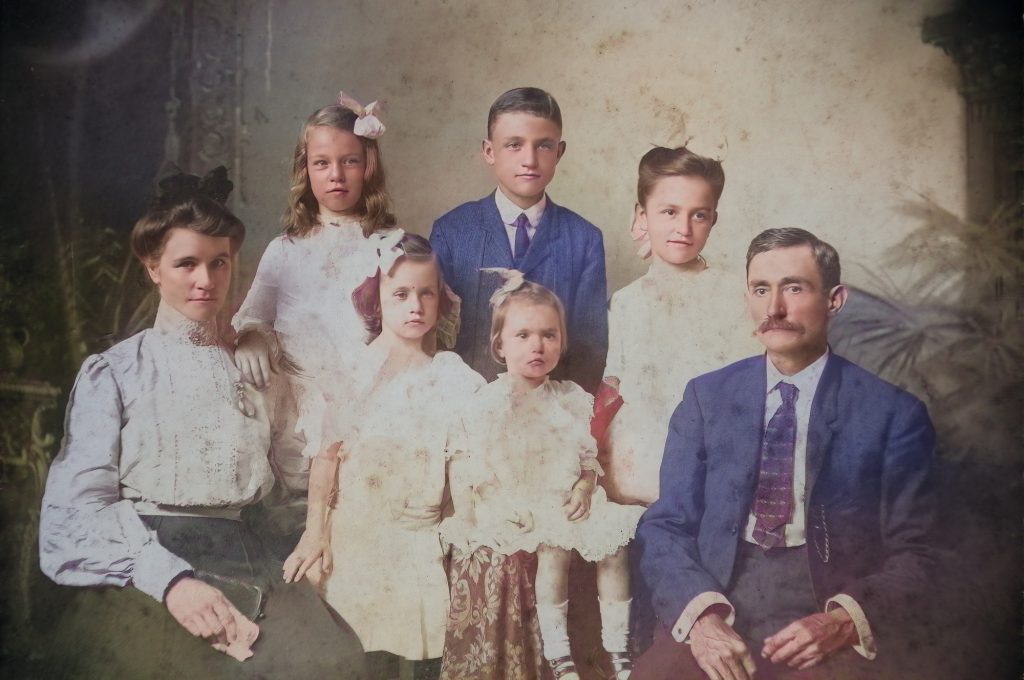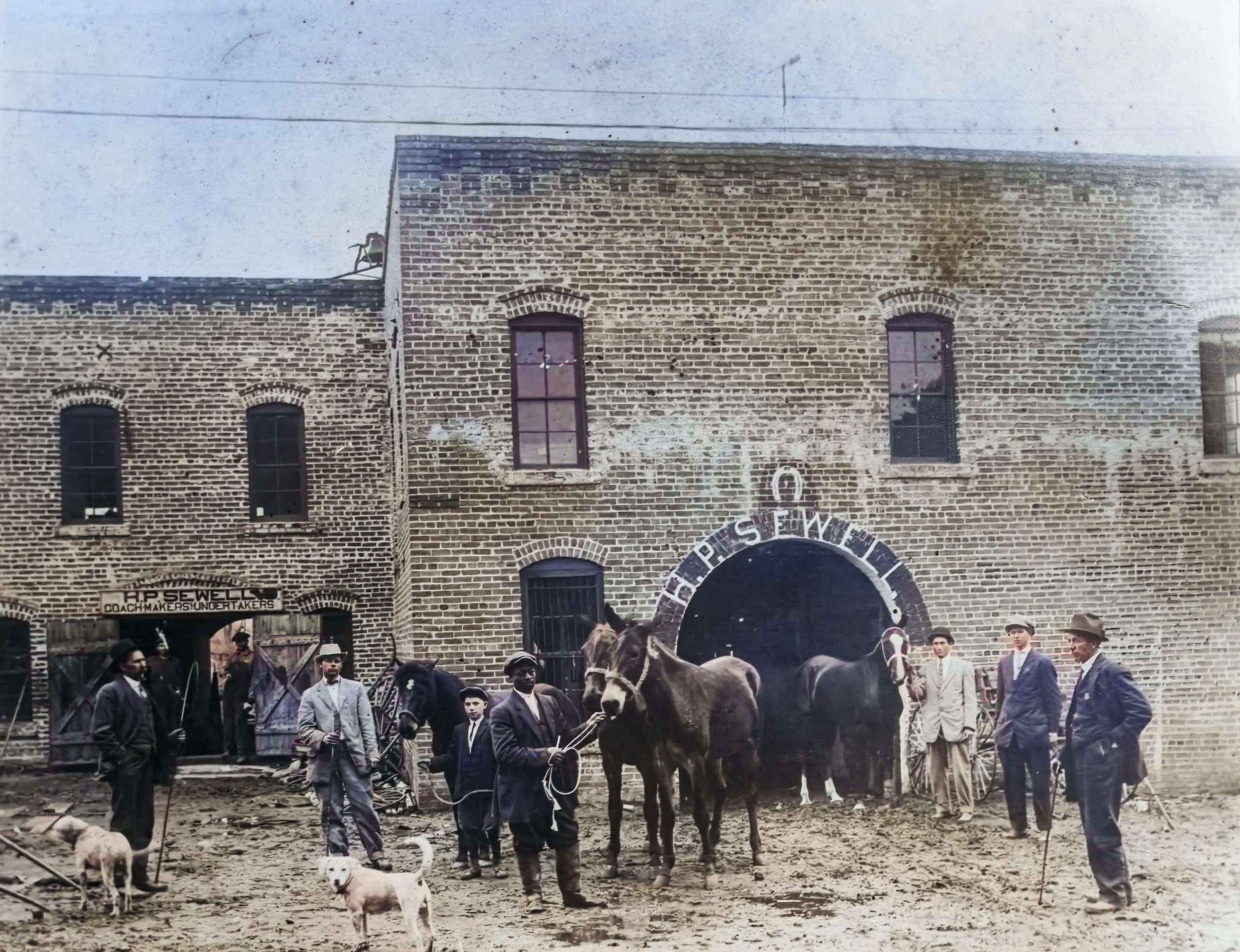This photo is from my dad’s side of the family. I know the man on the far left is my great-grandfather, who owned the blacksmith. He is H. P. Sewell.
I am reminded quite often how important having photographs can help shape an organization’s culture and success within society.
Photographs can be helpful to an organization in a variety of ways, including:
- Providing visual documentation of the organization’s history: Photographs can capture the people, places, and events that have shaped the organization over time, which can help to tell the organization’s story and provide context for other historical records.
- Helping with branding and reputation: Photographs can create a positive brand image and reputation by showcasing the organization’s commitment to social responsibility, environmental sustainability, or philanthropy.
- Providing context for other historical records: Photographs can provide context for other historical records, such as financial and personnel records, by visually representing the people and events that these records document.
- Helping with marketing and public relations: Photographs can create engaging and informative marketing and public relations materials, such as brochures, websites, and social media posts.
- Helping foster employee engagement and retention: Photographs of employees, past and present, can help employees understand and appreciate the organization’s history and culture, which can increase their engagement and loyalty.

If an organization doesn’t photograph these things, it may miss out on these benefits. They may also struggle to provide a complete and accurate picture of the organization’s history, making it more challenging to make informed decisions about its future. Additionally, in the case of legal and regulatory compliance, not having these photographs may result in non-compliance and fines. Overall, it’s crucial for an organization to identify what photographs are essential to its history and to ensure they are captured and preserved for future reference.

What is the type of subjects organizations should photograph?
An organization should photograph various things to create a comprehensive historical record. Some examples of things that should be photographed include:
- People: This includes employees, past and present, as well as key figures in the organization’s history, such as founders, CEOs, and board members.
- Places: This includes photographs of the organization’s facilities, such as offices, factories, and warehouses, as well as significant locations related to the organization’s history, such as the location of its first office or factory.
- Products include photographs of the organization’s current and past developments and product prototypes and early versions.
- Events: This includes photographs of key events in the organization’s history, such as product launches, company anniversaries, and significant milestones.
- Equipment and machinery: This includes photographs of equipment, machinery, and technology the organization used, which can give insight into the company’s operations and industry.
- Workplace culture and environment: This includes photographs that capture the company culture, employee interactions, and work environment, as well as the company’s social responsibility and community engagement.
- Industry and competitors: This includes photographs of industry trends and events and pictures of the organization’s competitors, which can provide valuable insights into the organization’s industry and market.

It’s essential to keep in mind that photographs should be taken with a purpose and not just for the sake of taking them; a certain level of curation is necessary to make sure that the pictures that are taken are relevant to the organization’s history and will be helpful in the future.
Archiving Your Photographs
There are several ways that an organization can curate their photographs today; some of the best practices include:
- Digital Storage: One of the most efficient ways to store and curate photographs today is by using digital storage solutions such as cloud-based storage, digital asset management (DAM) systems, or even simple digital folders on a shared drive. These solutions make it easy to organize, store, and retrieve photographs and also allow for easy sharing and collaboration.
- Metadata and tagging: Metadata and tagging are essential for any digital asset management system. Adding information like date, location, and subject makes searching and finding specific photographs easy.
- Image editing and retouching: It may be necessary to edit or retouch photographs to improve their quality or remove any sensitive information before storing them. This can be done using image editing software such as Adobe Photoshop or Lightroom.
- Backup and disaster recovery: It’s essential to backup all photographs in case of system failure or other disasters. This can be done by storing copies of the pictures on multiple devices or in various locations.
- Access control: It’s essential to ensure that photographs are only accessible to authorized personnel. This can be done by setting up user accounts and permissions or by using encryption or other security measures.
- Archiving and preservation: It’s important to keep photographs in a format accessible in the long term. This can be done by using non-proprietary file formats and regularly migrating the files to new formats as technology evolves.
- Regularly reviewing: Review the photographs, identify which are essential for the organization’s history, and discard the ones that are no longer needed.
By implementing these best practices, an organization can effectively curate its photographs, ensuring they are organized, accessible, and secure for future reference.

Why Is Capturing Your Organization In Photographs Is Important
If an organization doesn’t photograph these things, it may miss out on these benefits. They may also struggle to provide a complete and accurate picture of the organization’s history, making it more challenging to make informed decisions about its future. Additionally, in the case of legal and regulatory compliance, not having these photographs may result in non-compliance and fines. Overall, it’s essential for an organization to identify what photographs are necessary to its history and to make sure they are captured and preserved for future reference.

with their family. My Grandfather James Stanley Leary is in the middle. I am named after him.

